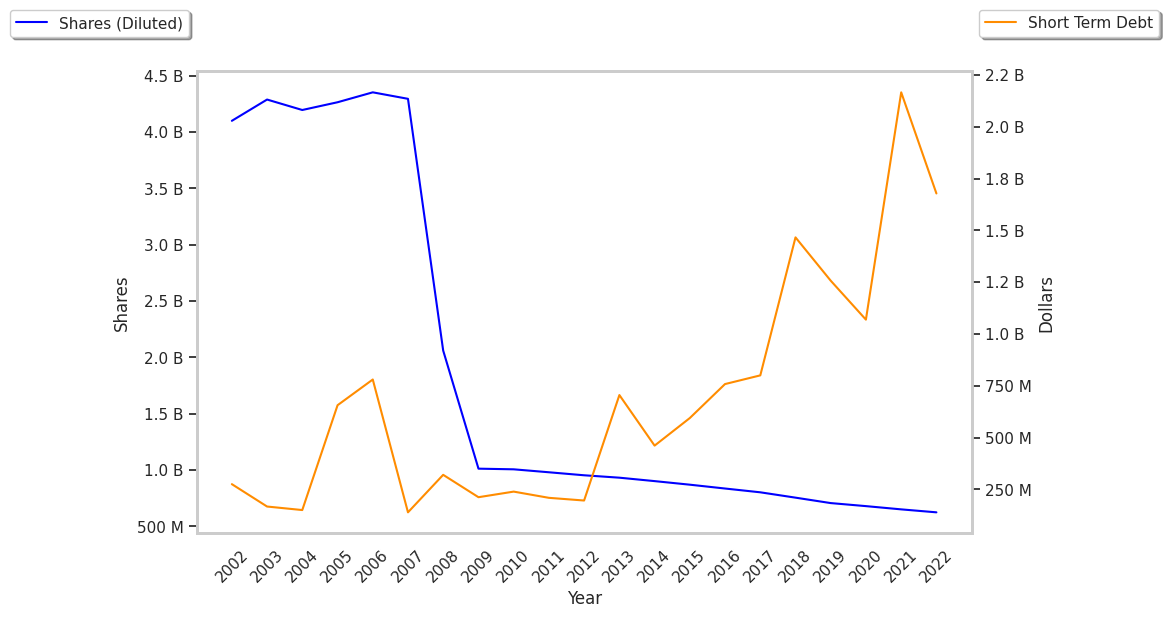Large-cap Industrials company Union Pacific has moved 4.9% so far today on a volume of 1,290,132, compared to its average of 2,678,053. In contrast, the S&P 500 index moved -0.0%.
Union Pacific trades -3.7% away from its average analyst target price of $256.79 per share. The 28 analysts following the stock have set target prices ranging from $218.0 to $285.0, and on average have given Union Pacific a rating of buy.
If you are considering an investment in UNP, you'll want to know the following:
-
Union Pacific's current price is 227.6% above its Graham number of $75.49, which implies that at its current valuation it does not offer a margin of safety
-
Union Pacific has moved -2.4% over the last year, and the S&P 500 logged a change of 24.4%
-
Based on its trailing earnings per share of 10.87, Union Pacific has a trailing 12 month Price to Earnings (P/E) ratio of 22.7 while the S&P 500 average is 29.3
-
UNP has a forward P/E ratio of 20.4 based on its forward 12 month price to earnings (EPS) of $12.11 per share
-
Its Price to Book (P/B) ratio is 9.05 compared to its sector average of 3.2
-
Union Pacific Corporation, through its subsidiary, Union Pacific Railroad Company, operates in the railroad business in the United States.
-
Based in Omaha, the company has 30,518 full time employees and a market cap of $149.92 Billion. Union Pacific currently returns an annual dividend yield of 2.2%.



